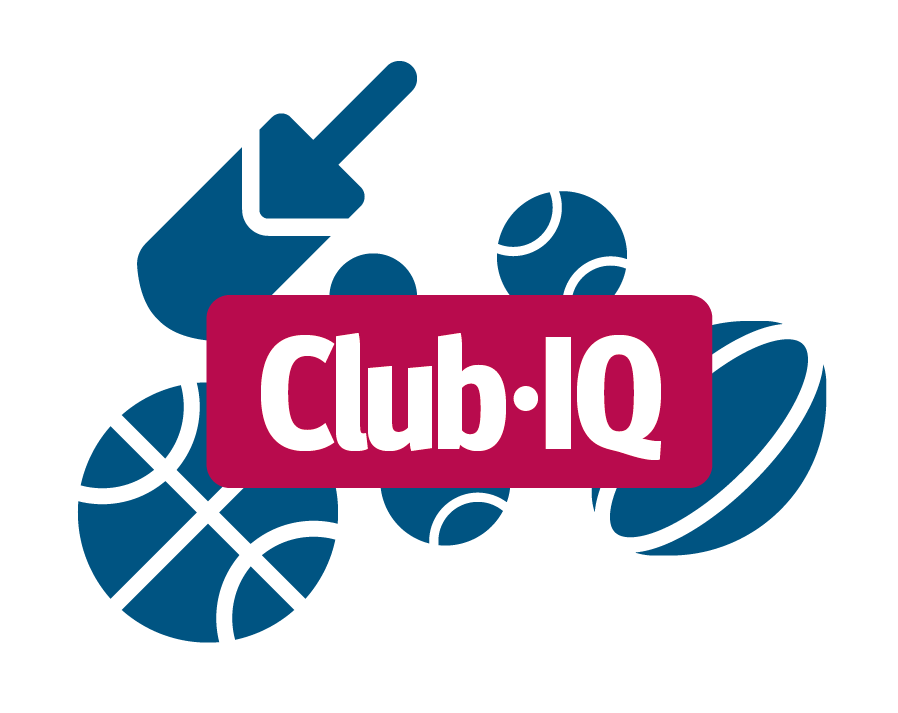Club committee roles and responsibilities
Your club’s management committee is a group of people elected to govern the club on behalf of all members.
Think of the committee as the ‘mind’ of the club, where ideas are generated, strategic direction is set, and decisions are made . The club will also involve other volunteers and perhaps even staff members – who are like the ‘hands’ of the club – to help with the day-to-day tasks.
By involving non-committee volunteers and staff, the management committee gains more time to engage with members, oversee strategic goals, and lead the club to success.
Committees should include a diverse mix of individuals with the necessary skills and experience to guide the club to achieve its objectives and meet its legal obligations.
Committee roles and responsibilities resources
Structure and responsibilities
The management committee forms the backbone of the club’s operations, playing a leading role in decision-making and strategic planning. An incorporated association requires a minimum of 3 members, often the president, secretary and treasurer. If the secretary is appointed but not a member of the management committee, another elected position is necessary, such as a vice president or general committee member.
Committee members have responsibilities as club leaders under the Associations Incorporation Act. It's important to know these duties and rights. The committee responsibilities offers an introduction to these topics.
Position descriptions
President
The leader of the committee is the president. The main roles of the president are to be an ambassador and spokesperson for the club, to chair meetings and to be the regular connection between the committee and the club’s stakeholders.
View the role of the president .
Vice president
Some clubs include the position of vice president, whose role is often to understudy the president and provide additional support as requested by the committee.
View the role of the vice president .
Secretary
The role of secretary may be filled by a staff member or your secretary may be an elected member of the committee. The main roles of the secretary are to prepare for and manage meetings (e.g. preparing agendas and minutes) and to manage the club’s compliance and reporting obligations.
View the role of the secretary .
Treasurer
While accountability for financial management rests with the entire committee, the treasurer typically has the responsibility for preparing financial reports and budgets and presenting them to the rest of the committee.
View the role of the treasurer .
Management committee members are the driving force of community sports clubs. This video introduces the roles and responsibilities of the management committee.
If you're part of the committee or considering a leadership role in your club, this video is for you. It's also for every club member who wants to understand how strategic decisions affect the club's success and sustainability.
As we navigate through the responsibilities and structure of the committee, consider these questions:
- What roles and responsibilities does the committee hold?
- How does the committee's work impact the day-to-day operations of the club?
- Are you balancing operational tasks with the need for strong governance?
The committee is where the club’s vision takes shape and crucial decisions are made. This group of elected individuals works on behalf of all members, setting the club’s strategic direction and ensuring that every decision aligns with long-term goals. The committee is like the brain, while volunteers and staff are like the hands, executing plans and helping with everyday tasks.
Committee members often roll up their sleeves to work with non-committee volunteers to tackle operational tasks, which are essential for the club's immediate needs. However, it's crucial to get back to strategy as quickly as possible, to not get caught up in operations, where other volunteers or staff are available to help. Maintaining balance helps ensure that governance and long-term planning don't fall by the wayside, putting the club's future at risk.
A typical committee includes a president, who acts as the club's spokesperson and chairs meetings; a secretary, who manages meetings, communication and compliance; and a treasurer, who oversees financial matters. While accountability for financial management rests with the entire committee, it’s the treasurer who typically has the responsibility for preparing financial reports and budgets and presenting them to the rest of the committee.
Your club may also have other committee positions, like a vice president whose role is often to understudy the president and provide additional support as required.
While your club can choose to include additional positions on your committee, you certainly don’t need to do so. For small clubs, a committee of 3 or 4 people is usually sufficient. In larger clubs, the committee may grow to around 7 members. You might have a few more or a few less, but what matters is having a diverse team with the skills needed to lead effectively.
Management committee members have certain responsibilities to their club as leaders and under the Associations Incorporation Act.
The duties under the Act are:
- to act with care and diligence
- to act in good faith and for a proper purpose
- not to make improper use of your position or in formation
- to disclose and manage conflicts of interest
- and to prevent insolvent trading
The management committee’s work is the linchpin of your club’s health and success. A strong management committee is the guiding force that can shape the club’s present and future.
More information
- Read the Office of Fair Trading's information on starting and operating an incorporated association in Queensland.
- Create a free account to access the Australian Sport’s Commission Game Plan online platform of resources, for sporting clubs of all sizes, designed to support club development.
- Contact your state or national sporting organisation for more information about specific position descriptions, or refer to your club by-laws/rules.
